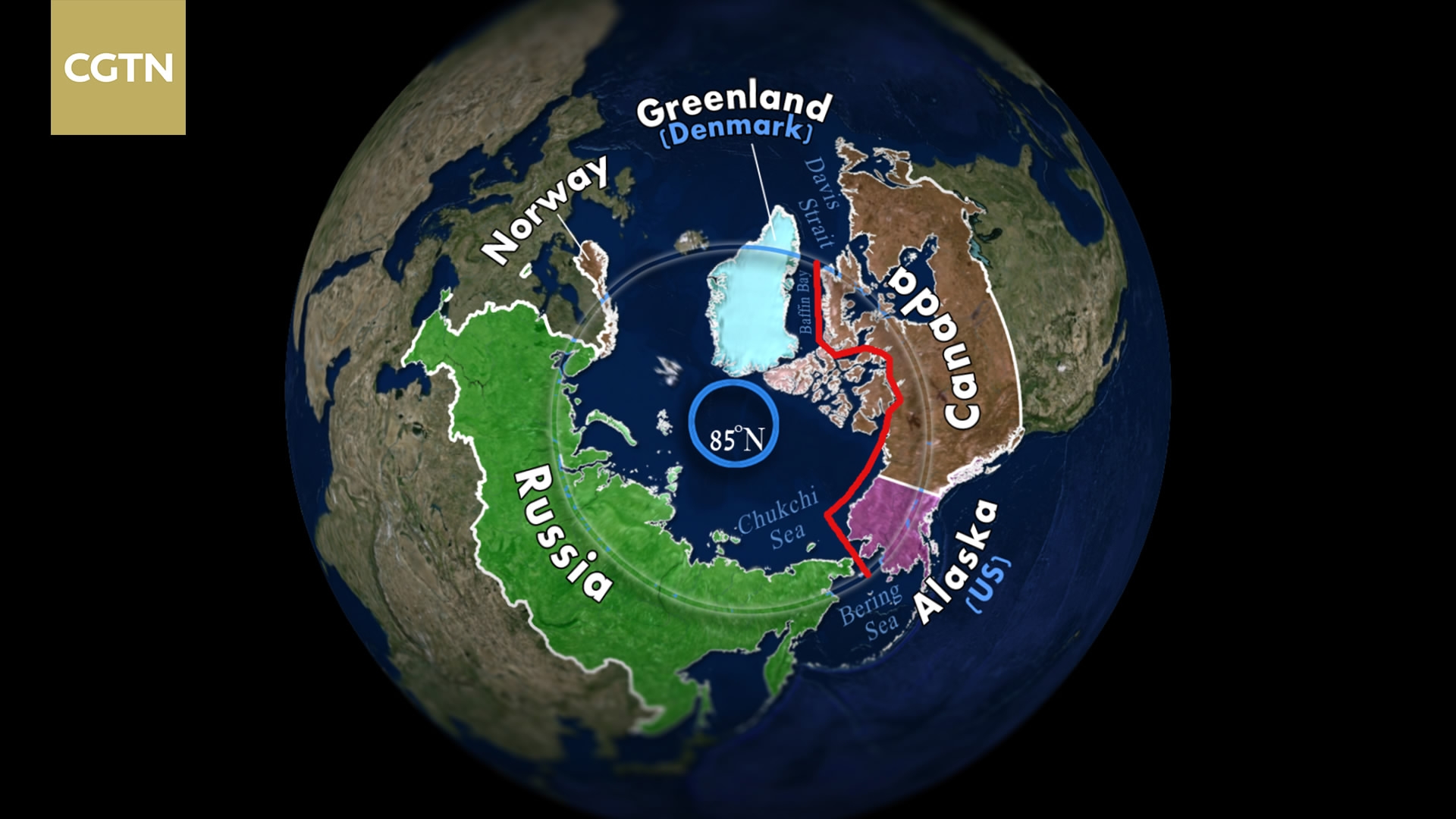Hendrik_2000
Lieutenant General
But vegetable greenhouse is now the rage in China and they don't use soil instead they use hydroponic to grow vegetable and fruits Japan countryside has successfully converted to greenhouse farming. chinese farming is much more efficient these days due to conversion of family plot into industrial scale farming with modern management,capital and technology. It is revolution that few people know or care
The advantages is obvious they grow faster , consistently good quality. and can be automated
You can provide ideal growing condition by controlling , the temperature, humidity, light and air circulation. Free from polluted air and water some even grow it organically
They even grow in arid Xinjiang. Or in isolated island in SCS. The only problem is it require large amount of energy
Xinjiang Kuche:
Vegetable greenhouses in China leading farmers to riches
In the small town of Yaha, in Kuche County of Xinjiang Province, villagers grow cucumbers in greenhouses, under the guidance Mayinuer, the town agricultural technology station technician.
With help from the town government, the village started greenhouse vegetable cultivation back in early 2004. Each year the government provided free technical guidance. And through the success of this pilot, the project has now grown and planted nearly 250 acres of vegetables, totalling to 70 greenhouses, with varieties such as cowpeas, tomatoes, cucumbers, strawberries, watermelons, green vegetables and fruits. Each shed earns an income of around 30,000 yuan and has made the lives of village farmers better
Amidu Kebier, one of the farmers, said that with the help of the government, his 4 greenhouses last year earn him 120,000 yuan. He cultivates watermelons, cucumber, beans and tomatoes. Each of his greenhouses are around 80 meters long and 10 meters wide.
Oritech greenhouse supplier
Chinese green house booming
Some images from Chinese greenhouse
They even grow peach and nectarine in greenhouse
Industrial scale Greenhouse
Chinese Israel greenhouse
The advantages is obvious they grow faster , consistently good quality. and can be automated
You can provide ideal growing condition by controlling , the temperature, humidity, light and air circulation. Free from polluted air and water some even grow it organically
They even grow in arid Xinjiang. Or in isolated island in SCS. The only problem is it require large amount of energy
Xinjiang Kuche:
Vegetable greenhouses in China leading farmers to riches
In the small town of Yaha, in Kuche County of Xinjiang Province, villagers grow cucumbers in greenhouses, under the guidance Mayinuer, the town agricultural technology station technician.
With help from the town government, the village started greenhouse vegetable cultivation back in early 2004. Each year the government provided free technical guidance. And through the success of this pilot, the project has now grown and planted nearly 250 acres of vegetables, totalling to 70 greenhouses, with varieties such as cowpeas, tomatoes, cucumbers, strawberries, watermelons, green vegetables and fruits. Each shed earns an income of around 30,000 yuan and has made the lives of village farmers better
Amidu Kebier, one of the farmers, said that with the help of the government, his 4 greenhouses last year earn him 120,000 yuan. He cultivates watermelons, cucumber, beans and tomatoes. Each of his greenhouses are around 80 meters long and 10 meters wide.
Oritech greenhouse supplier
Chinese green house booming
Some images from Chinese greenhouse
They even grow peach and nectarine in greenhouse
Industrial scale Greenhouse
Chinese Israel greenhouse
Last edited:





